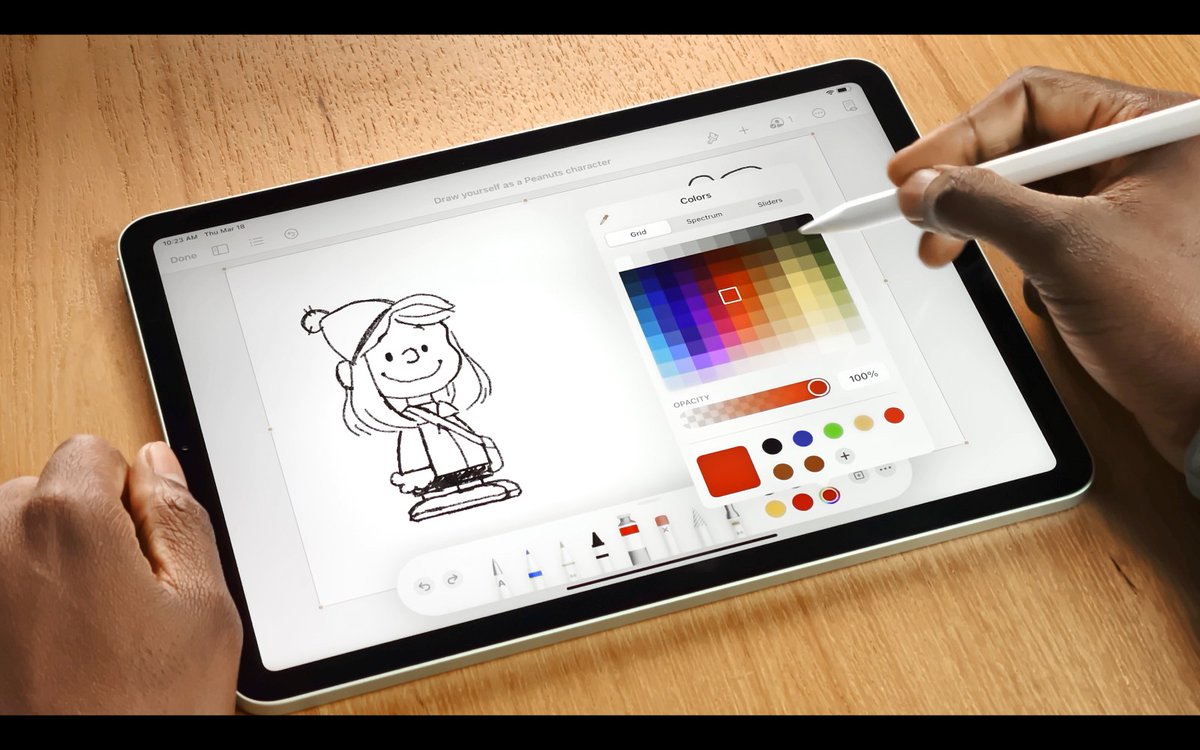The perseverance of NASA, the Rover can draw a scientific course that could previously be considered too risky, with Mars Helicopter’s ingenuity that provides control of the mission with an unexpected view of heaven. Although the ingenuity has only flown nine missions so far, although innovative experiments in their own right, photography gathered by the helicopter is proving to be vital to make the most of the time of perseverance on the red planet.
With the previous rovers, like curiosity, NASA has had to rely on a combination of two extremes of topography tools, as it plans to take a path. At the end, there are cameras and other sensors on the Rovers themselves, giving a floor level view of the planet’s surface.
At the other end, meanwhile, there is the Mars Recognition orbiter. That happens on the planet, ringing images on the surface. However, it can only solve rocks about 3 feet in diameter.
Leave the planning of the mission in a complicated place, since to potentially avoid damaging a rover they need to take a cautious path when it comes to land, not directly in sight of its own cameras. However, the ingenuity provides an incredible average perspective.
The shots captured during their most recent flight were taken from an altitude of around 33 feet. “Once a Rover is approaching enough for a location, we get images at ground scale that we can compare with orbital images,” explains Ken Williford, an attached scientist of perseverance in NASA’s reaction propulsion laboratory in the southern California. “With the ingenuity, we now have this image on an intermediate scale that fills the gap well in the resolution.”
For example, the ingenuity broke the images of the nearby rock characteristics that NASA has called “elevated ridges”; There have been speculations that could have been a path to take old water, billions of years. As a result, they could also be a place where microbial colonies accumulated, feeding on minerals from that water from the lake. The photos of the helicopter will help guide perseverance to the best place for sampling.
On the Flip side, the ingenuity can also help make a GO / No-GO decision on potential routes. “The helicopter is an extremely valuable asset for Rover planning because it provides high resolution images of the terrain that we want to drive,” explains Olivier Toupet de JPL. “We can better assess the size of the dunes and where Bedrock is peeking. That is a great information for us; It helps to identify which areas can be routed by the Rover and if certain high-value science goals can be achieved.”
For example, the images captured by the ingenuity marked a field of potential dunes as too risky so that the rover attempts to cross: its sandy surface could cause perseverance to be agabelike. Another set of images from other places in Jezero Crater gave scientists a vision of other rock formations that would be inaccessible to the rover on the ground. The deep sand can leave the remaining perseverance.
“As the Rover works its way around the field of the dune, you can do what the team calls a” dip dip “at some scientifically convincing points with an interesting rock,” explains NASA. “While the Toupet and the team of him would not attempt a dip owe here, the recent images of the ingenuity will allow them to plan the possible paths of the DIP in other regions throughout the first campaign of the science of perseverance.”






